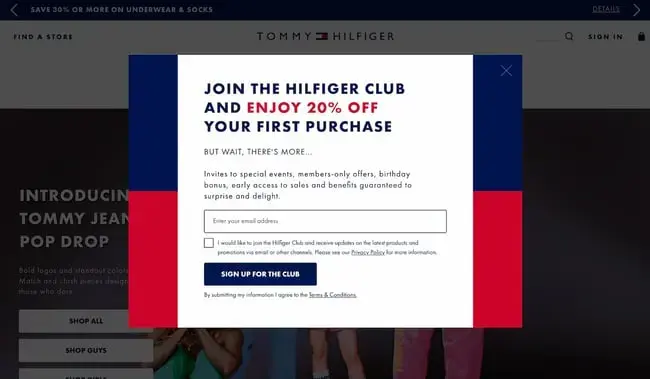
How to use smart pop-ups to multiply your email list?
Do you want to quickly grow your email list? Smart pop-ups capture the attention of visitors and turn their visit into a conversion opportunity. By personalizing and strategically integrating them, you maximize your results while respecting the user experience. Discover in this guide how to create, optimize, and use these tools to multiply your leads and strengthen your email marketing strategy.
Understanding smart pop-ups
Smart pop-ups are an evolution of classic pop-ups, designed to provide an optimized user experience while increasing conversion rates. Unlike classic pop-ups, often perceived as intrusive, these advanced versions rely on visitor behavior to appear at the right moment with relevant content.
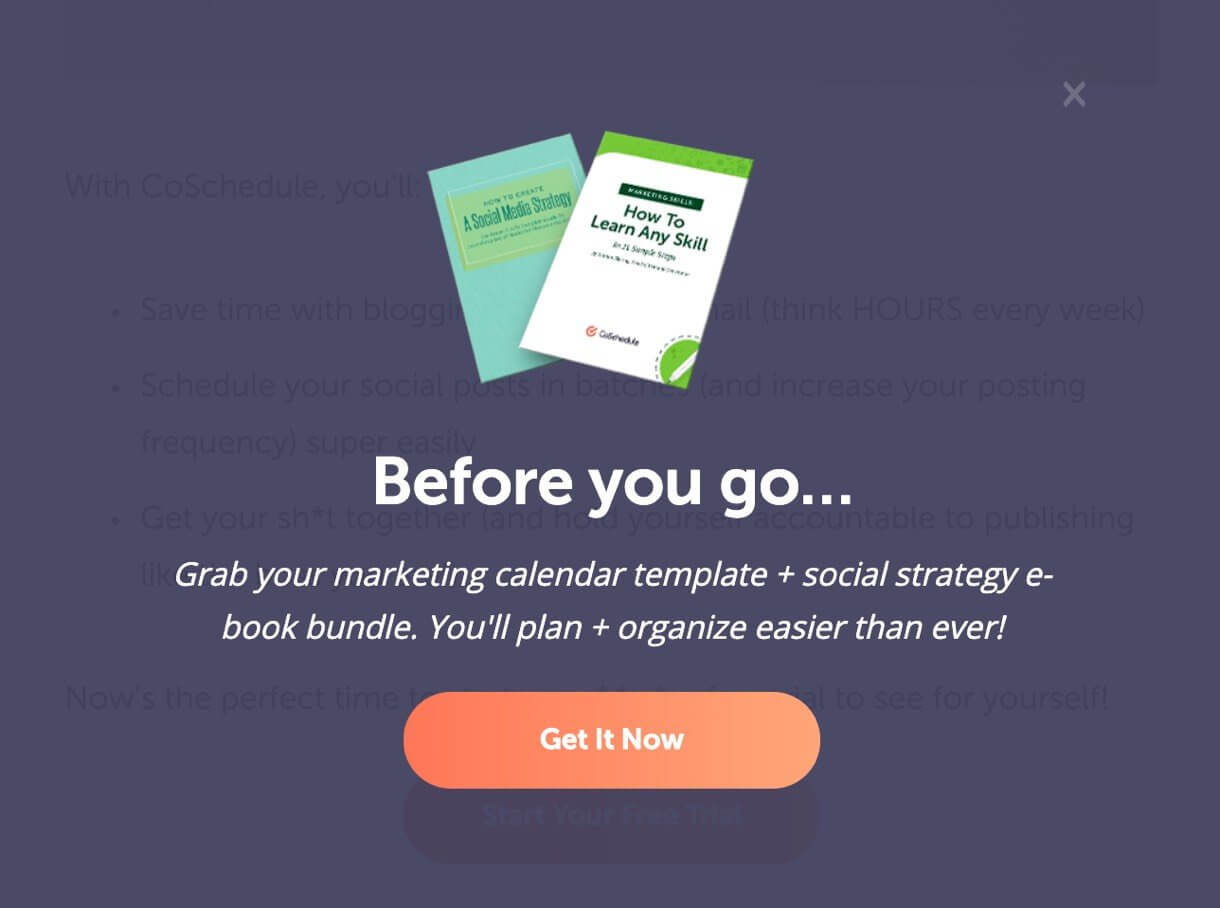
Difference between classic and smart pop-ups
Classic pop-ups generally appear randomly, often as soon as a user arrives on a page, which can disrupt the user experience. In contrast, smart pop-ups adapt to the context. For example:
- A exit-intent pop-up only appears when the visitor is about to leave the site.
- A scroll-triggered pop-up appears after a user has scrolled a certain percentage of the page.
These adjustments enhance engagement while minimizing user irritation.
Why smart pop-ups are effective
Data shows that smart pop-ups far outperform their classic counterparts. For example, studies reveal that targeted pop-ups can increase conversion rates by up to 40%, compared to only 3% for generic pop-ups. By combining precise timing and personalized content (like a discount for a first purchase), these tools effectively capture visitors’ attention while respecting their browsing experience.
The different types of pop-ups to collect emails
Pop-ups come in several formats, each designed to cater to specific needs and behaviors. Understanding these types and using them strategically can significantly increase your ability to capture emails.
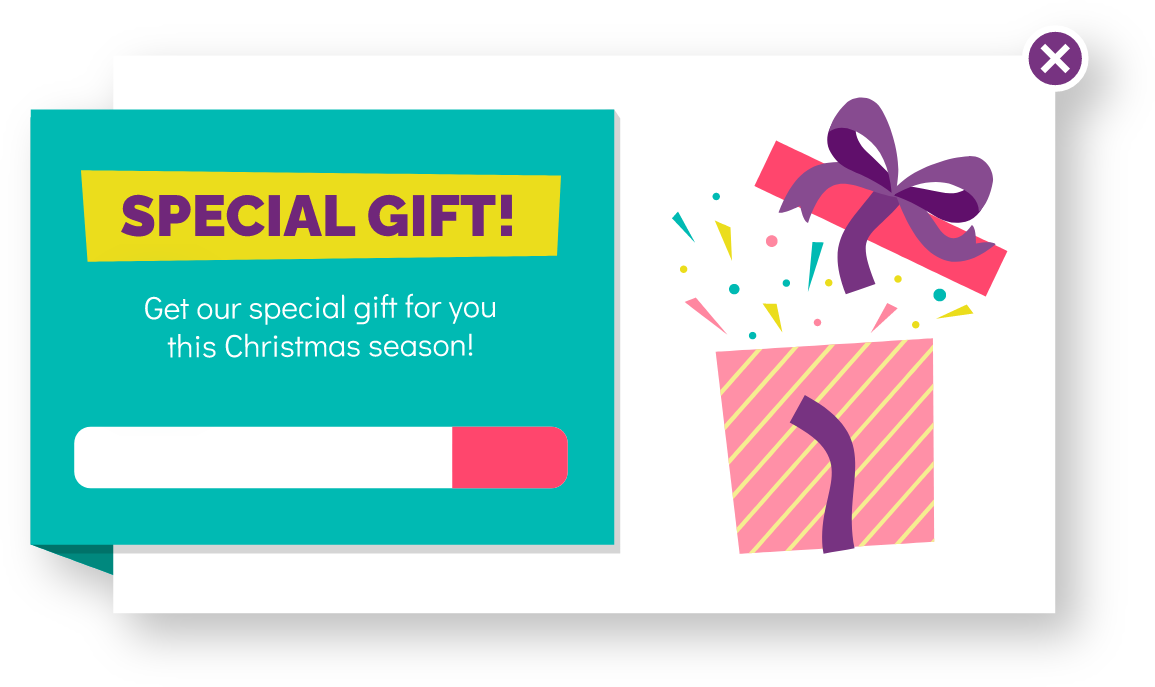
Exit-intent pop-ups
These pop-ups appear when a visitor is about to leave your site. By detecting mouse movement toward the close button or address bar, these windows display an enticing offer, such as a discount code or exclusive content. For example, offering “10% off if you sign up with your email before leaving” can retain up to 15% of visitors on the verge of exiting.
Timed pop-ups
Appearing after a user has spent a certain amount of time on the site (e.g., 30 seconds), these pop-ups target visitors who are sufficiently engaged to interact. This format is ideal for blog posts or educational content pages, where timing is crucial to capture interest without premature interruption.
Scroll-triggered pop-ups
These windows activate after the user has scrolled a certain portion of the page (typically 50% or more). They are particularly effective on long pages, such as detailed articles or product pages, as they target an audience already interested in the content.
Floating bar or slide-in
Discreet and less intrusive, these pop-ups appear on the side or bottom of the screen without blocking navigation. Ideal for ongoing offers, such as signing up for a newsletter, they combine effectiveness with respect for the user experience.
Creating pop-ups that convert
Creating effective pop-ups relies on several strategic elements. Every detail, from copywriting to layout, plays a crucial role in capturing attention and encouraging visitors to engage. Here are the keys to designing high-performing pop-ups that maximize your conversions.
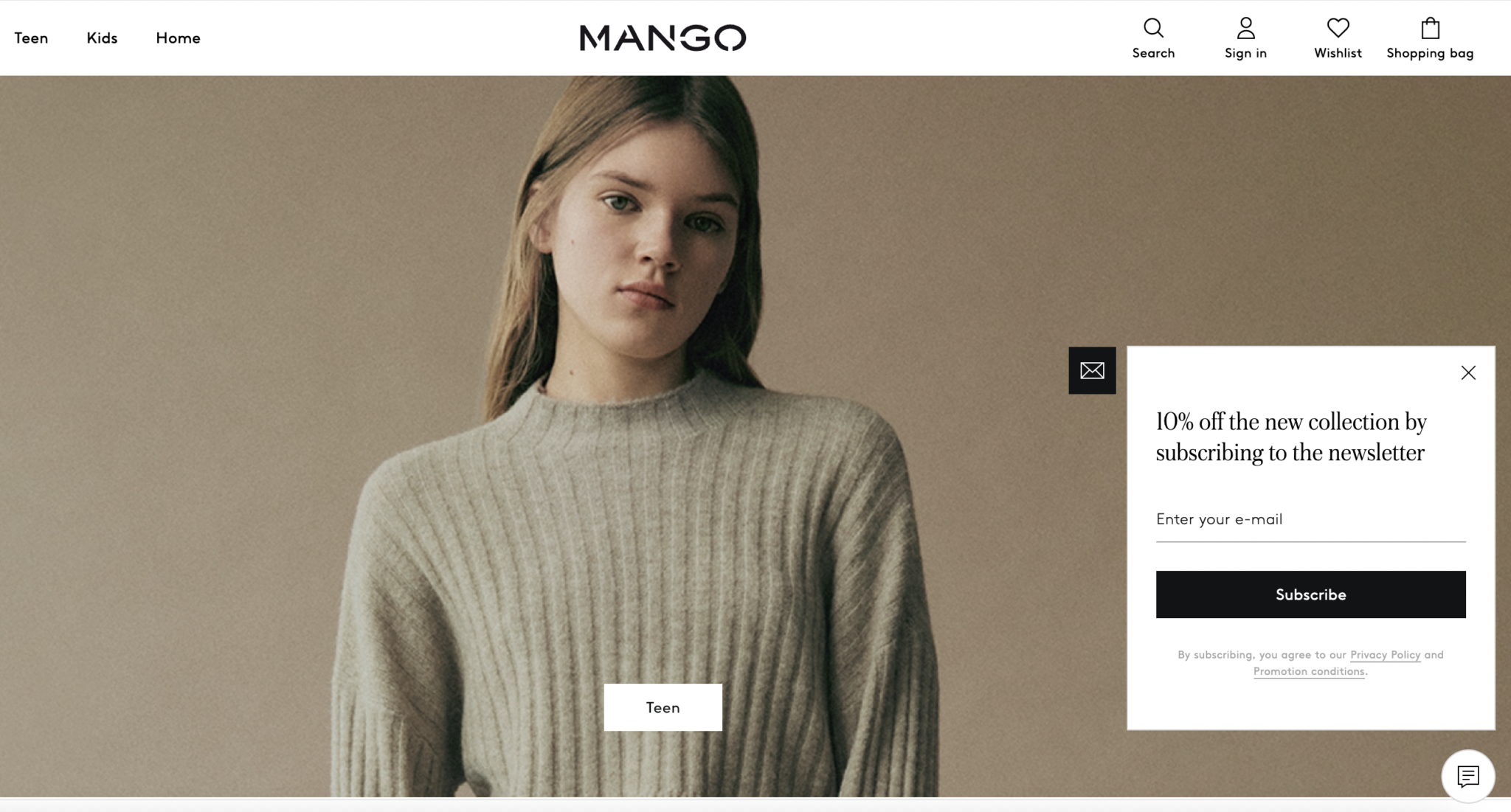
Writing a clear and attractive message
An effective pop-up starts with a striking headline and an engaging call to action. For example, instead of a simple “Sign up,” prefer a phrase like “Get 15% off your first purchase by signing up now.” This type of message emphasizes immediate value and motivates the user to act.
Offering immediate added value
To encourage visitors to provide their email, offer a tangible benefit: a free ebook, a promo code, or access to exclusive content. For instance, a fitness site might offer a downloadable workout guide in exchange for signing up, thereby increasing perceived value.
Using attractive visuals
A polished design and engaging visuals enhance the effectiveness of your pop-ups. Use harmonious colors and relevant images. For example, a travel site might include an inspiring image of a destination to accompany a special offer.
Limiting form fields
Simplify forms by requesting only essential information, such as first name and email. The fewer fields to fill out, the higher the conversion rate will be.
Testing and optimizing performance
A/B testing is essential to maximize the effectiveness of your pop-ups. Test different variants: text, colors, placements, and timing. For example, comparing “Receive 20%” to “Get an exclusive offer” can reveal the most effective message.
Strategically integrating pop-ups
Strategic integration of pop-ups is essential to maximize their effectiveness without compromising user experience. A thoughtful approach ensures optimal engagement while avoiding frustrating your visitors. Here’s how to proceed.
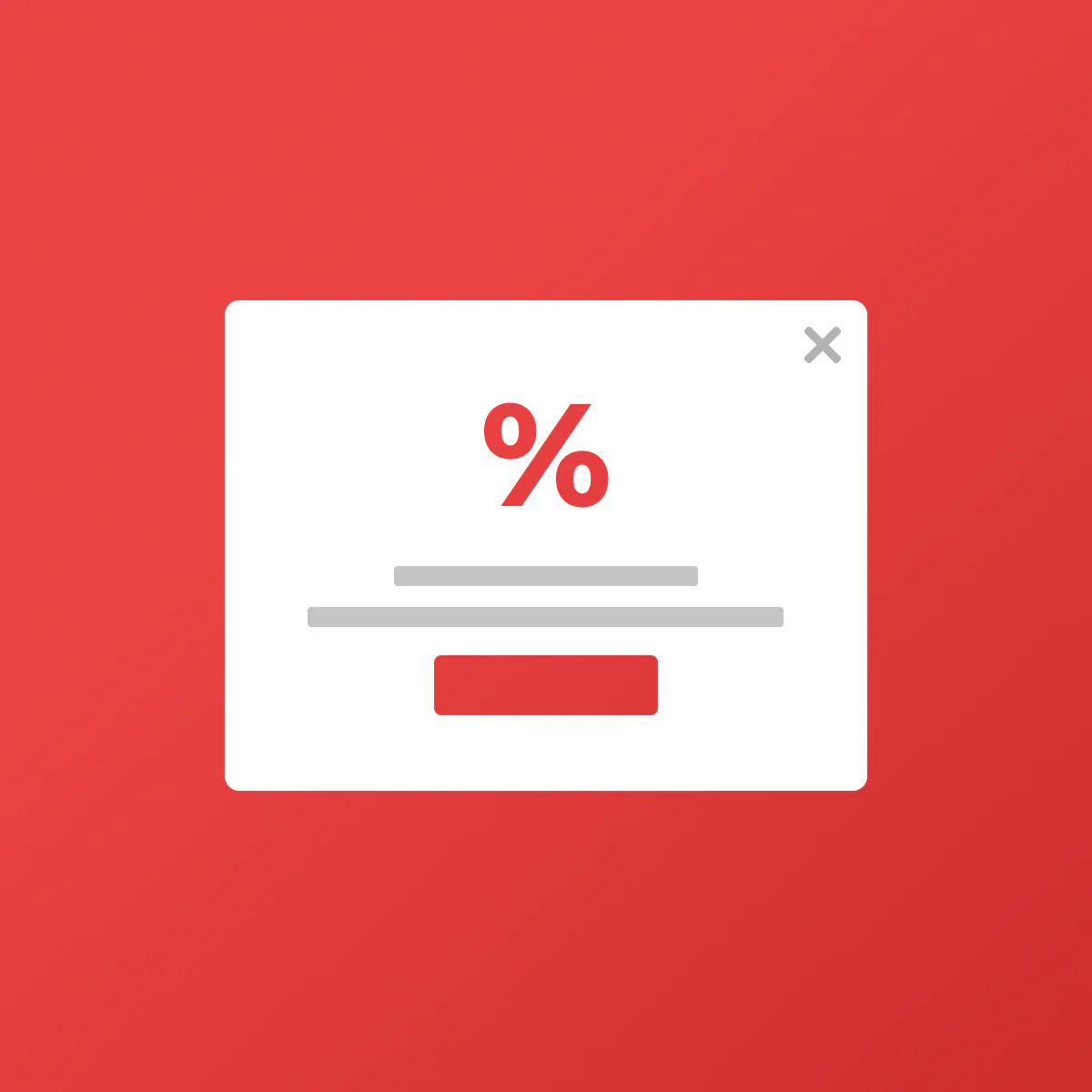
Choosing the right time to display pop-ups
Timing is crucial. Displaying a pop-up immediately can be perceived as intrusive, while displaying it too late might miss the user’s attention. Favor strategic triggers:
- After 30 seconds on the site to capture interest.
- During exit intent, ideal for retaining visitors.
- After a specific action, such as viewing a product or scrolling a page.
Adapting pop-ups to the user journey
Every page of a site serves a specific purpose. Your pop-ups should reflect these differences. For example:
- On a product page, offer a discount for immediate purchase.
- On a blog, invite downloads of relevant free content.
- On the homepage, provide a general incentive to sign up for the newsletter.
This personalization significantly increases the chances of conversion.
Respecting user experience (UX)
An effective pop-up must never hinder navigation. Limit their frequency to avoid frustrating your visitors. Also ensure that:
- Pop-ups are mobile-compatible.
- A “Close” button is clearly visible so users feel in control.
Tracking and measuring your results
To ensure the effectiveness of your pop-ups, it is essential to analyze their performance. Regular monitoring helps identify strengths, spot areas for improvement, and optimize your campaigns to maximize your conversions.

Tracking key performance indicators (KPIs)
KPIs are fundamental for assessing the impact of your pop-ups. The main indicators to monitor include:
- Conversion rate: The percentage of visitors who submitted their email.
- Click rate: Measures the effectiveness of your call to action.
- Abandonment rate: Indicates if your pop-ups disrupt the user experience.
For example, a conversion rate above 5% is often considered performing well in the industry.
Identifying areas for improvement
The performance of pop-ups can vary based on design, message, or placement. If a pop-up shows a low conversion rate, test adjustments via A/B testing tools:
- Change the headline or the text of the call to action.
- Modify the display timing.
- Experiment with different designs to assess their impact.
Integrating advanced analytics tools
Solutions like Google Analytics, Hotjar, or dedicated platforms like OptinMonster provide detailed insights into your campaigns. These tools help you understand user behavior and adjust your strategies accordingly.
Smart pop-ups are essential for developing your email list and increasing your conversions. By adopting an effective strategy and suitable tools, such as Poosh, the number one solution for capturing leads, you can transform your visitors into qualified contacts. Get started today to boost your digital strategy and meet your marketing objectives!